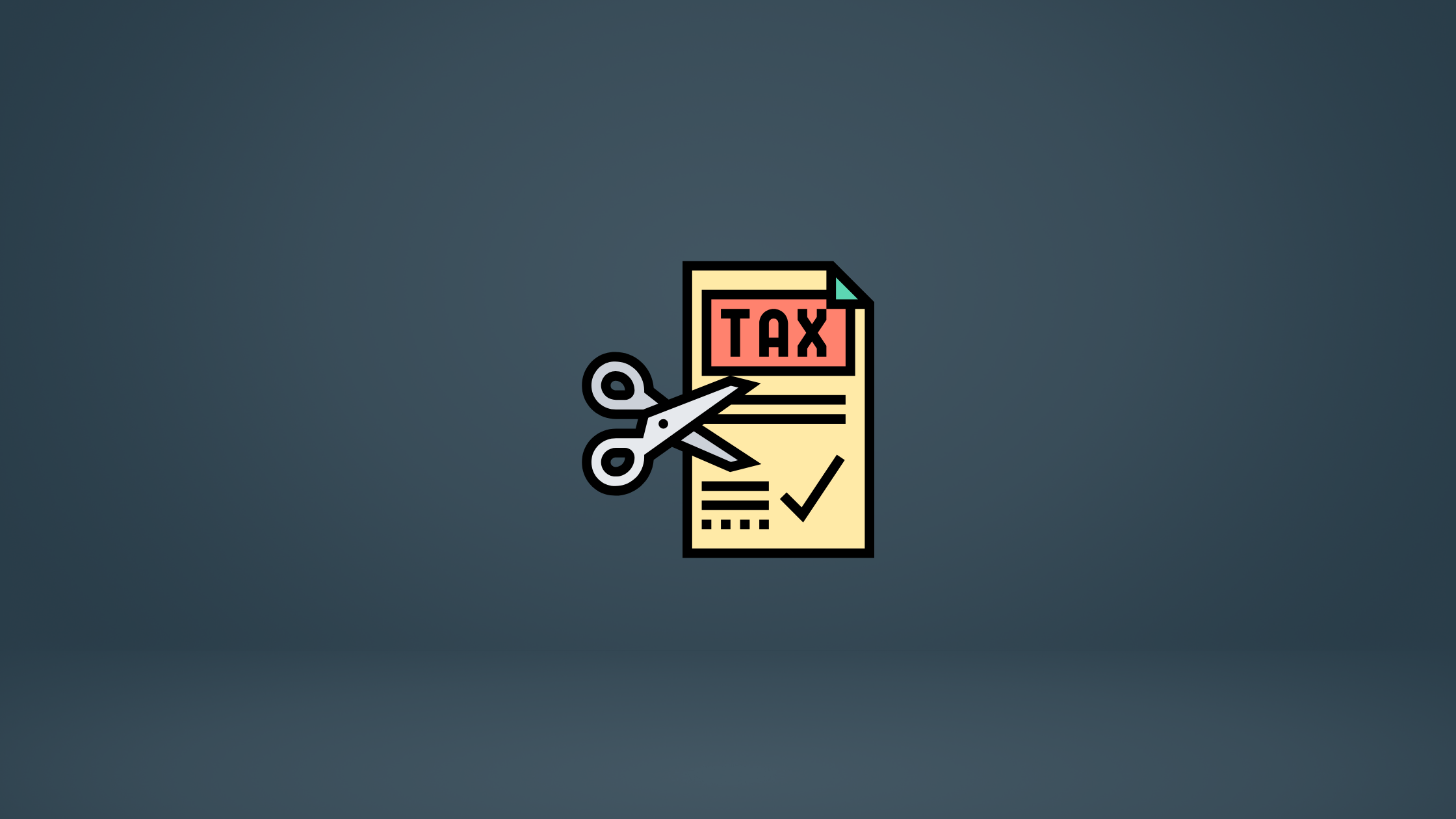Understanding your obligations helps you plan ahead and avoid surprises during tax season. Let's get into it!
rEAD MORE
If you're self-employed in 2025, it’s more important than ever to understand how the self-employment (SE) tax works—and how it can significantly impact your take-home income. Unlike traditional employees, who split their Social Security and Medicare taxes with their employer, self-employed individuals must cover the full 15.3% themselves. This SE tax consists of two parts: 12.4% for Social Security and 2.9% for Medicare.
That means if you earn $100,000 in net self-employment income, you’ll owe $15,300 in SE tax alone—on top of your regular federal and possibly state income taxes. And if you earn more than $200,000 ($250,000 for married couples filing jointly), an additional 0.9% Medicare tax may also apply under the Additional Medicare Tax.

Understanding your obligations helps you plan ahead and avoid surprises during tax season. You can calculate and pay your estimated self-employment tax quarterly using IRS Form 1040-ES.
To reduce your SE tax, you may be eligible for deductions such as business expenses, the home office deduction, health insurance premiums, and half of your SE tax (which is deductible on your income tax return). You can find more details on deductible expenses in IRS Publication 535.
The self-employment tax is made up of two parts: 12.4% for Social Security and 2.9% for Medicare, totaling 15.3% of your net earnings. In 2025, this rate remains consistent with prior years. However, there are thresholds to be aware of:
🔗 Learn more about self-employment tax on the IRS website
If you earned $400 or more in net self-employment income during the year, you’re required to pay SE tax. This includes freelance workers, gig workers, consultants, and business owners operating as sole proprietors or single-member LLCs.
🔗 See if you’re required to file
Self-employed individuals typically file using Schedule SE (Form 1040), which helps calculate the amount of SE tax owed. You’ll also need to file Schedule C (Profit or Loss from Business) to determine your net income.
🔗 Download Schedule SE (Form 1040)
🔗 Download Schedule C
Additionally, you may need to make quarterly estimated tax payments using Form 1040-ES if you expect to owe $1,000 or more in taxes for the year.
🔗 Learn about estimated taxes and download Form 1040-ES
Yes! You can deduct the employer-equivalent portion (half of the self-employment tax) when calculating your adjusted gross income. This doesn’t reduce your net earnings or the amount of SE tax owed—it simply lowers your income for income tax purposes.
Understanding the SE tax helps you budget for tax season and avoid costly surprises. It also ensures you’re contributing toward Social Security and Medicare, which can impact your future benefits.
Taxes can be confusing—but they don’t have to be. That’s where Vincere Tax comes in. Whether you’re a freelancer, consultant, or business owner, Vincere Tax helps you maximize deductions, reduce what you owe, and stay compliant—without the headaches.
💡 Want a smarter way to handle self-employment taxes? Chat with Vincere Tax today.
Being audited is comparable to being struck by lightning. You don't want to practice pole vaulting in a thunderstorm just because it's unlikely. Making sure your books are accurate and your taxes are filed on time is one of the best ways to keep your head down during tax season. Check out Vincere's take on tax season!

This post is just for informational purposes and is not meant to be legal, business, or tax advice. Regarding the matters discussed in this post, each individual should consult his or her own attorney, business advisor, or tax advisor. Vincere accepts no responsibility for actions taken in reliance on the information contained in this document.
For business tax planning articles, our tax resources provides valuable insights into how you can reduce your tax liability now, and in the future.
Copyright © 2025 Vincere Tax| All Rights Reserved
Privacy Policy